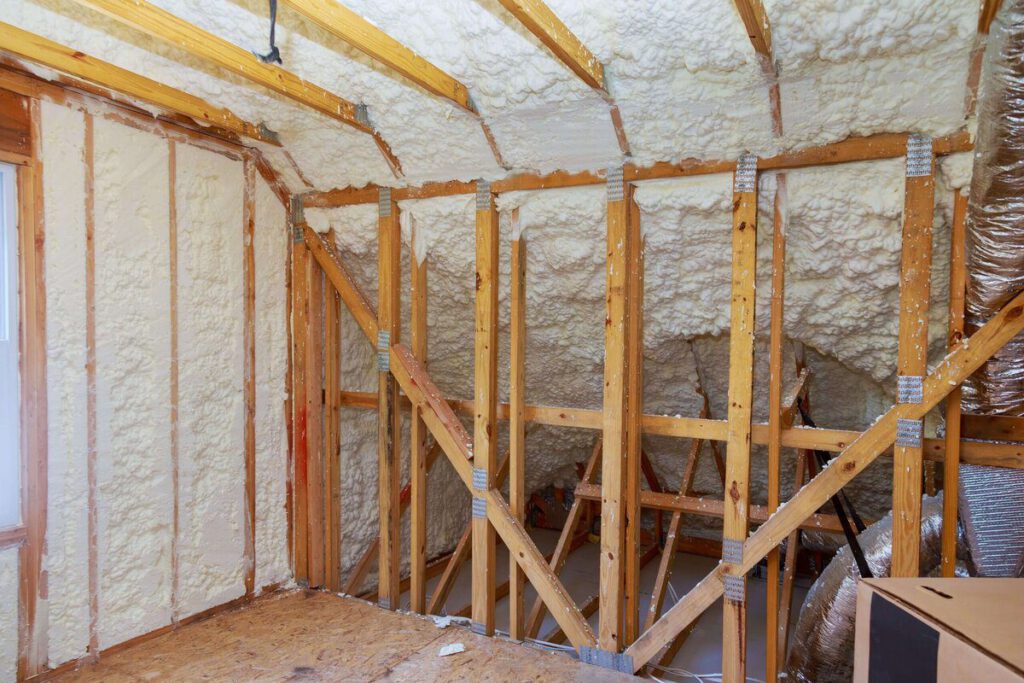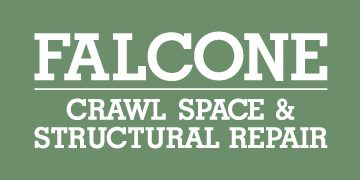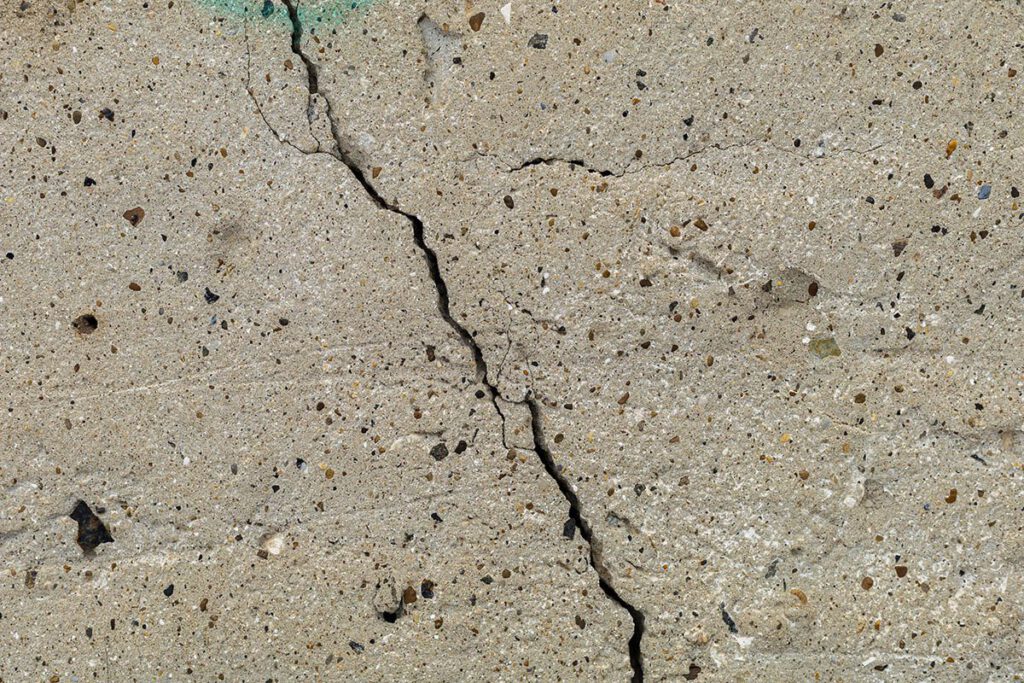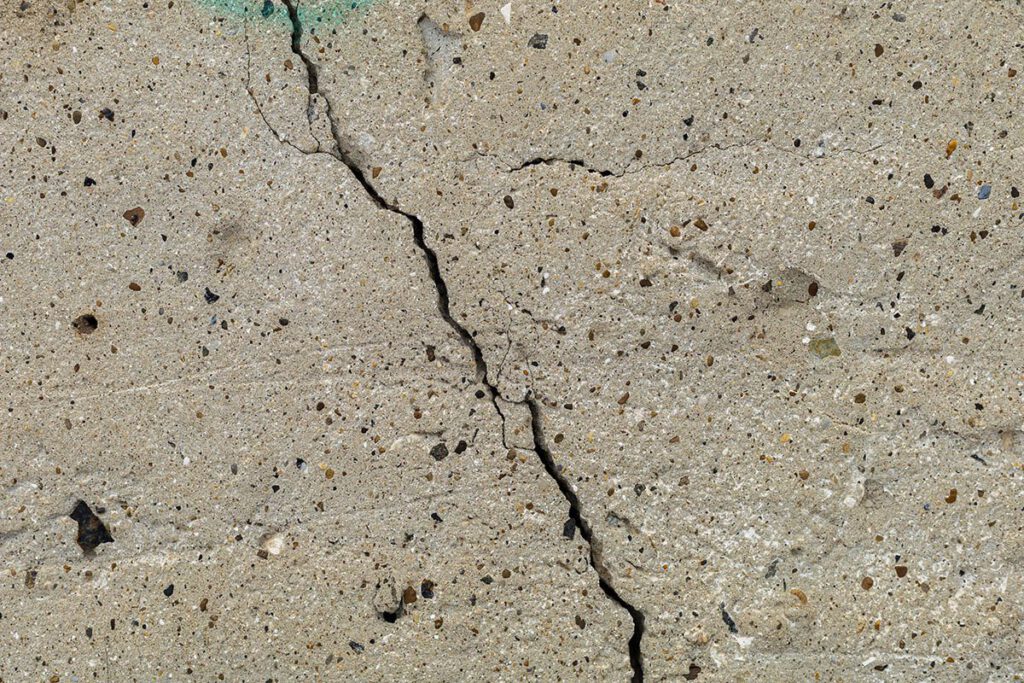The Different Types Of Attic Insulation For Your North Carolina Home

There are different types of attic insulation you’ll need to consider for your home in North Carolina. The wrong type of insulation will cause more uneven temperatures, as well as increase your utility bills.
Before you have insulation installed, it’s a good idea to become familiar with the different types. Read on to learn more about some of the more common insulation types.
What is Loose Fill Insulation?
Loose fill insulation is an example of why insulation must be handled by a professional. Special machinery is involved, which makes this type of insulation perfect for attics with irregular spaces, low ceilings, or numerous obstructions.
Attics that already have insulation but require gaps to be filled also benefit from loose fill. The materials used for loose fill are:
- Cellulose – contains fiberized recycled post-consumer paper that features tight packing to reduce airflow. Of the insulation materials used in loose fill, this is the most common. The material can deteriorate over time, which makes monitoring humidity levels important.
- Fiberglass – a lighter option than cellulose using recycled glass or sand. A thicker layer of this material is necessary because of increased settling.
- Mineral wool – a fire-resistant material that includes recycled slag or rock.
Do the Different Types of Attic Insulation Include Spray Foam Insulation?
One of the reasons for different types of attic insulation is that different materials are necessary to make an attic suitable living space. Spray foam is, for example, used to insulate the rafters and walls instead of the floor. The materials used for spray insulation include:
- Cementitious
- Phenolic
- Polyisocyanurate
- Polyurethane
Like insulation used in other areas, such as crawl spaces, spray foam used in attic insulation can be foamed, injected, or poured. This type of insulation provides excellent airflow blockage to prevent heat or cool air loss. A layer of drywall will cover the insulation for greater safety.
What Types of Batts or Rolls Insulation Are Available?
Insulation in rolls features different thicknesses and widths. In addition, some of these types of insulation block water vapor. Professionals can cut the insulation to accommodate different space sizes, as well as layer the insulation as needed to the preferred amount.
Attics with conventional joist spacing and high ceilings are the best candidates for rolls insulation. The four types of materials used for this insulation include:
- Cellulose – made from non-irritating paper. These rolls resist fire and insects, but are often less commonly available.
- Cotton- uses recycled denim material. In addition to blocking excess airflow, this material is also good for noise blocking.
- Fiberglass – crafted from fine glass fibers and offers non-messy installation. However, when compared to spray foam, there is less durability and energy efficiency.
- Mineral wool – this recycled material also boasts fire resistance.
What Type of Insulation is Popular at Falcone?
A popular type of insulation with Falcone Crawl Space is Thermal Acoustical Pest Control (TAP). This insulation contains built-in pest control to repel wood-boring insects.
The cellulose-based material contains 87.5% recycled paper, making it an eco-friendlier option. Installing TAP could result in lower utility bills because it keeps air from getting out of the attic.
Air leakage is one of the most common reasons for temperature fluctuations. When your temperatures are consistent, it will be easier to determine what your utility bills will be like.
The included pest control in TAP insulation offers great savings. You aren’t as likely to require an exterminator to rid yourself of pests, and you also won’t face high repair costs.
Falcone Crawl Space is ready to answer your questions and handle your insulation needs. Contact us today to find out which of the different types of insulation is best for your home.


